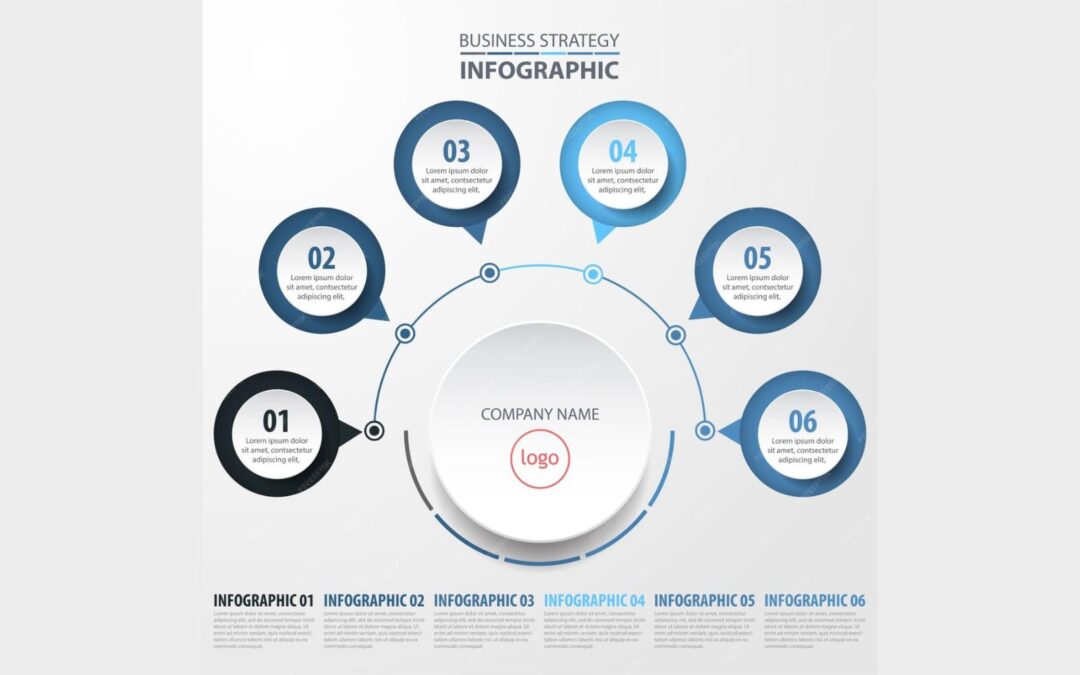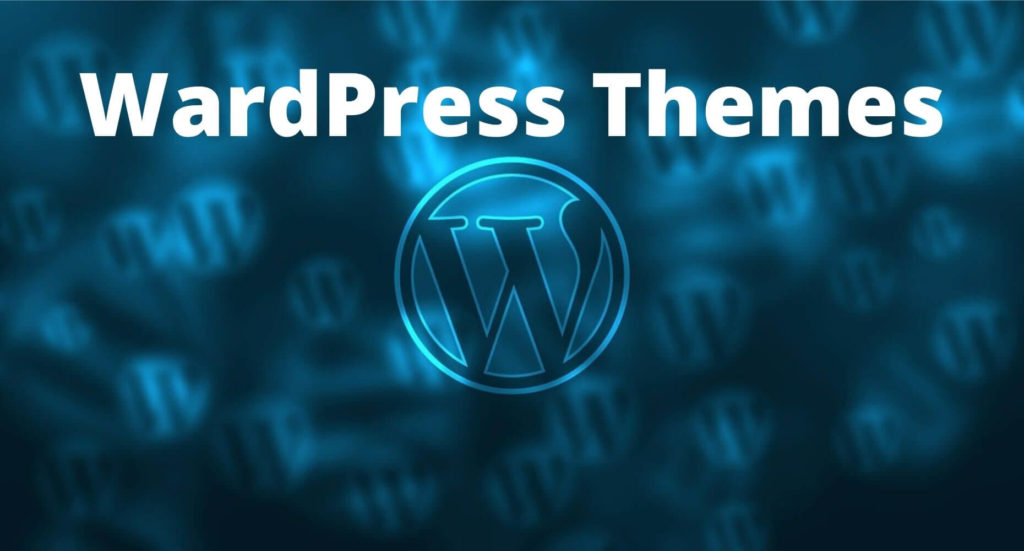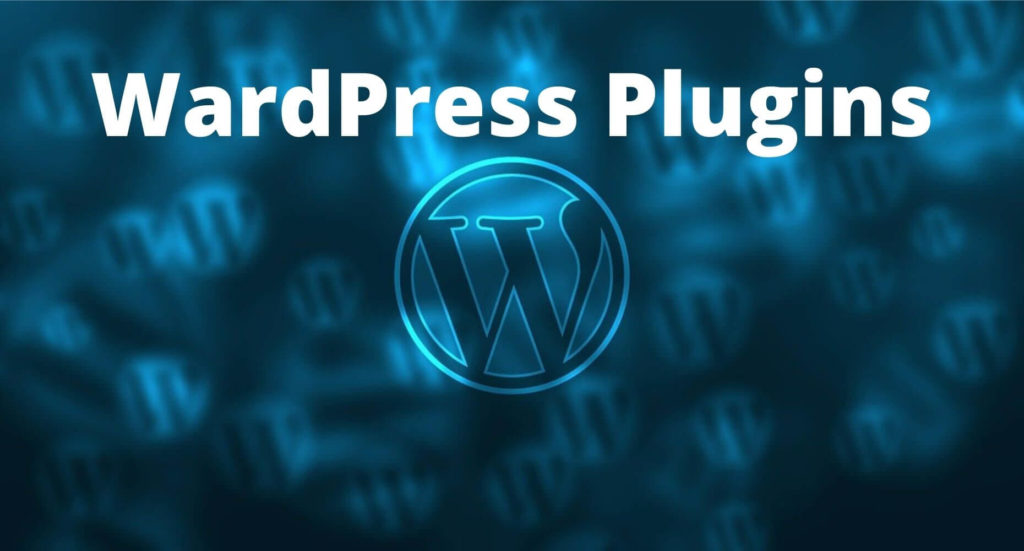In today’s digital age, businesses are constantly looking for innovative ways to build their brand and engage with their target audience. One effective way to achieve these goals is by starting a blog. Blogging not only helps businesses establish credibility and authority in their industry but also provides a platform to share valuable content and connect with their customers on a deeper level.
In this comprehensive guide, we will take you through the step-by-step process of starting a successful blog for your business. Whether you’re a new business looking to build an audience or an existing business wanting to tap into the power of blogging, this guide will provide you with all the information you need to get started.
Table of Contents
- What is a Blog?
- Why Start a Blog for Your Business?
- Choosing a Niche for Your Blog
- Selecting a Blogging Platform and Template
- Picking a Blog and Domain Name
- Planning Your Publishing Strategy
- Creating Compelling Content
- Promoting Your Blog
- Monetizing Your Blog
- Analyzing and Optimizing Your Blog
- Best Practices for Blogging Success
- Conclusion
What is a Blog?
A blog is a website that consists of regularly updated content centered around a specific topic. Unlike traditional news outlets, blogs often take on a more personal and conversational tone, allowing them to connect more deeply with their audience. People start their own blogs for various reasons, including sharing opinions, teaching others, building an email list, developing personal brands, and making money online.
Blogging can be incredibly fulfilling, as it allows individuals to express their passions, share their expertise, and connect with like-minded individuals. However, it’s important to note that blogging requires consistency and dedication. Results may not come right away, but with perseverance and strategic planning, blogging can become a powerful tool for your business.
Why Start a Blog for Your Business?
Starting a blog for your business offers numerous benefits. It serves as a platform to showcase your industry knowledge, build credibility, and engage with your target audience. Here are some compelling reasons why you should consider starting a blog for your business:
- Building an Audience: One of the biggest challenges businesses face is building an audience for their products or services. Blogging allows you to attract and engage with potential customers by consistently providing valuable content.
- Establishing Authority: By sharing your expertise and insights through blog posts, you position yourself as an authoritative figure in your industry. This helps build trust with your audience and establishes your business as a go-to resource.
- Increasing Website Traffic: Blogging is an effective way to drive traffic to your website. Each blog post adds a new indexed page to your website, increasing the chances of being found by search engines and attracting organic traffic.
- Improving SEO: Blogs provide opportunities to incorporate relevant keywords and optimize your website for search engines. This can improve your website’s visibility in search engine results, leading to higher organic rankings.
- Engaging with Customers: Blogging allows you to interact with your customers in a more personal and meaningful way. By providing valuable content and encouraging comments and discussions, you can foster a sense of community and loyalty among your audience.
- Generating Leads: Blogs can serve as a lead generation tool by offering valuable content in exchange for visitors’ contact information. This allows you to nurture leads and convert them into customers over time.
- Showcasing Products or Services: Blogs provide a platform to showcase your products or services in a more detailed and informative manner. By highlighting their features, benefits, and use cases, you can attract potential customers and drive sales.
- Staying Ahead of the Competition: Blogging gives you a competitive edge by keeping your business in the minds of your target audience. Regularly publishing valuable content sets you apart from your competitors and positions you as an industry leader.

Choosing a Niche
1. Choosing a Niche for Your Blog
When starting a blog, it’s crucial to choose a niche that aligns with your business goals and target audience. A niche is a specific topic or area of focus that sets your blog apart from others. Here are some tips to help you choose the right niche for your blog:
- Identify Your Expertise: Consider the areas in which you have expertise or a unique perspective. Your blog should reflect your passion and knowledge, allowing you to create valuable and engaging content.
- Research Market Demand: Conduct market research to identify topics or niches that are in high demand. Look for keywords with significant search volume and less competition, as these present opportunities to attract organic traffic.
- Consider Your Target Audience: Determine who your target audience is and what their interests, pain points, and aspirations are. Your blog should cater to their needs and provide solutions to their problems.
- Differentiate Yourself: Find a unique angle or approach within your chosen niche. Differentiate yourself from competitors by offering a fresh perspective, unique insights, or specialized knowledge.
- Plan for Monetization: Consider how your chosen niche aligns with potential monetization strategies. Ensure that there are products, services, or affiliate opportunities that cater to your target audience’s needs and interests.
Remember, choosing a niche is essential for long-term success. It allows you to establish yourself as an authority in a specific area, attract a loyal audience, and monetize your blog effectively.
2. Selecting a Blogging Platform and Template
Once you’ve chosen your niche, it’s time to select a blogging platform and template that best suit your needs. There are several platforms available, each with its own advantages and features. Here are two popular options:
- Self-Hosted Platforms: Platforms like WordPress.org give you full control over your blog. You’ll need to purchase a domain name and web hosting, but you’ll have more flexibility in terms of customization and monetization options.
- Hosted Platforms: Platforms like Shopify offer a more user-friendly experience, making it easier to set up and manage your blog. These platforms provide hosting services, eliminating the need for separate hosting arrangements.
Consider factors such as ease of use, customization options, SEO capabilities, and available plugins when choosing a platform. Additionally, select a template that aligns with your brand’s aesthetics and provides a seamless user experience.

Choosing a Domain Name
3. Picking a Blog and Domain Name
Selecting a blog and domain name is a crucial step in establishing your online presence. Your blog name should reflect your brand and niche while being memorable and easy to spell. Here are some tips for choosing an effective blog and domain name:
- Reflect Your Brand: Your blog name should align with your brand identity and convey the essence of your business. Consider your brand’s values, mission, and target audience when brainstorming name ideas.
- Keep it Simple: Choose a name that is simple, concise, and easy to remember. Avoid using complex or lengthy names that may confuse or deter potential visitors.
- Consider SEO: Incorporate relevant keywords into your blog and domain name to improve your search engine rankings. However, prioritize clarity and brand recognition over keyword stuffing.
- Check Availability: Before finalizing your blog and domain name, check for availability. Ensure that the desired domain name is not already taken and that social media handles are available for consistent branding.
Remember, your blog and domain name play a significant role in shaping your brand identity and attracting visitors. Take the time to brainstorm and choose a name that aligns with your business goals and resonates with your target audience.
4. Planning Your Publishing Strategy
To ensure a successful blog, it’s essential to plan your publishing strategy in advance. A well-thought-out content calendar will help you stay organized, produce consistent content, and cater to your audience’s needs. Here are some steps to help you plan your publishing strategy:
- Identify Your Content Goals: Determine the objectives you want to achieve through your blog. Whether it’s educating your audience, promoting your products, or building brand awareness, align your content goals with your business goals.
- Research and Brainstorm Topics: Conduct keyword research and identify topics that are relevant to your niche and appealing to your target audience. Look for gaps in existing content and find unique angles to approach popular topics.
- Create an Editorial Calendar: Use a spreadsheet, project management tool, or specialized software to create an editorial calendar. This calendar should outline your publishing schedule, including topics, publish dates, and responsible team members.
- Diversify Your Content: Offer a mix of content types to keep your blog engaging and varied. Consider including how-to guides, listicles, case studies, interviews, infographics, videos, and guest posts. This variety will cater to different learning preferences and keep your audience interested.
- Optimize for SEO: Incorporate relevant keywords into your blog posts to improve your search engine rankings. Ensure that your content is well-structured, includes internal and external links, and has meta tags and descriptions.
- Promote and Share: Develop a promotion strategy to ensure your content reaches its intended audience. Utilize social media, email marketing, influencer collaborations, and guest blogging to increase visibility and attract a wider audience.
By planning your publishing strategy in advance, you can ensure consistent content creation, cater to your audience’s needs, and achieve your content goals effectively.
5. Creating Compelling Content
The success of your blog depends on the quality and value of the content you provide. Creating compelling content that resonates with your audience is crucial for attracting and retaining readers. Here are some tips to help you create remarkable blog content:
- Know Your Audience: Understand your target audience’s demographics, interests, and pain points. Tailor your content to address their specific needs and provide solutions to their problems.
- Provide Value: Offer actionable insights, practical advice, and valuable information in your blog posts. Focus on providing solutions, answering questions, and addressing common pain points within your niche.
- Tell Stories: Incorporate storytelling techniques into your blog posts to captivate your audience. Share personal anecdotes, case studies, and success stories to make your content relatable and engaging.
- Use Visuals: Include high-quality images, infographics, and videos to enhance your blog posts. Visual content not only grabs attention but also helps communicate complex information more effectively.
- Write Compelling Headlines: Craft attention-grabbing headlines that entice readers to click and read your blog posts. Use power words, numbers, and curiosity-inducing phrases to make your headlines irresistible.
- Format for Readability: Break up your content into shorter paragraphs, use subheadings, bullet points, and numbered lists to improve readability. Utilize bold, italics, and underline to emphasize key points and make your content scannable.
- Encourage Engagement: End your blog posts with a call to action, inviting readers to leave comments, share their thoughts, or engage with your brand on social media. Respond to comments promptly and foster a sense of community.
By creating compelling and valuable content, you can establish yourself as an authority in your niche, attract a loyal audience, and drive engagement with your brand.
6. Promoting Your Blog
Promotion is key to increasing the visibility and reach of your blog. Even the most valuable content won’t generate significant results if it’s not effectively promoted. Here are some strategies to promote your blog and attract a wider audience:
- Leverage Social Media: Utilize popular social media platforms such as Facebook, Instagram, Twitter, and LinkedIn to share your blog posts. Craft engaging captions and use relevant hashtags to increase visibility and drive traffic to your blog.
- Email Marketing: Build an email list and send regular newsletters to your subscribers. Include snippets of your blog posts with links to drive traffic back to your website. Offer exclusive content or incentives to encourage sign-ups and engagement.
- Guest Blogging: Contribute guest posts to reputable websites in your industry. This allows you to tap into the existing audience of these websites and drive traffic back to your blog. Ensure that your guest posts provide valuable insights and include a link back to your website.
- Collaborate with Influencers: Partner with influencers or industry experts who have a strong online presence and a relevant audience. Collaborate on content, co-create blog posts, or feature them in interviews to expand your reach and tap into their followers.
- Optimize for SEO: Incorporate SEO best practices into your blog posts to improve your search engine rankings. Research relevant keywords, optimize meta tags and descriptions, and build high-quality backlinks to increase your blog’s visibility in search engine results.
- Engage in Online Communities: Join online communities, forums, and groups related to your niche. Provide valuable insights, answer questions, and share your blog posts when relevant. This can help you establish yourself as an authority and attract traffic to your blog.
- Utilize Paid Advertising: Consider investing in paid advertising to promote your blog posts. Platforms like Google Ads and social media advertising allow you to target specific audiences and drive traffic to your blog.
Remember, promoting your blog requires an ongoing effort. Consistently share your content, engage with your audience, and explore new promotional opportunities to expand your reach and maximize the impact of your blog.

Monetizing Your Blog
7. Monetizing Your Blog
Monetizing your blog is an important consideration, especially if you intend to generate income from your blogging efforts. There are several ways to monetize your blog, depending on your niche and target audience. Here are some popular monetization strategies:
- Advertising: Display ads on your blog to generate revenue. Platforms like Google AdSense allow you to earn money based on the number of ad impressions or clicks.
- Affiliate Marketing: Promote products or services through affiliate links and earn a commission for each sale or lead generated. Choose products or services that align with your niche and resonate with your audience.
- Sponsored Content: Collaborate with brands to create sponsored content that promotes their products or services. Ensure that sponsored content is transparent and aligns with your brand values.
- Digital Products: Create and sell digital products such as e-books, online courses, or templates. Leverage your expertise and provide valuable resources to your audience.
- Physical Products: If applicable, sell physical products that align with your blog’s niche. This could be merchandise, branded products, or curated items that resonate with your audience.
- Consulting or Coaching: Leverage your expertise by offering consulting or coaching services to your audience. Provide personalized guidance and support based on your niche and industry knowledge.
- Memberships or Subscriptions: Offer exclusive content or access to a membership or subscription model. This provides additional value to your audience and generates recurring revenue.
It’s important to consider the monetization strategy that best aligns with your blog’s niche, target audience, and business goals. Experiment with different strategies, analyze their effectiveness, and refine your approach over time.
8. Analyzing and Optimizing Your Blog
Regularly analyzing and optimizing your blog is crucial for long-term success. By monitoring key metrics and making data-driven decisions, you can improve your blog’s performance and drive meaningful results. Here are some areas to focus on:
- Website Analytics: Set up a web analytics tool like Google Analytics to track key metrics such as website traffic, bounce rate, time on page, and conversion rates. Analyze this data to identify trends, understand user behavior, and make informed decisions.
- SEO Performance: Monitor your blog’s SEO performance by tracking keyword rankings, organic traffic, and backlinks. Optimize your content and website structure based on SEO best practices to improve your search engine visibility.
- Content Engagement: Analyze the engagement metrics of your blog posts, such as social shares, comments, and time on page. Identify the types of content that resonate most with your audience and create more of it.
- Conversion Rates: Measure the effectiveness of your lead generation and conversion strategies. Track conversion rates for email sign-ups, product purchases, or other desired actions. Optimize your calls to action and landing pages to improve conversion rates.
- User Experience: Continuously improve the user experience of your blog by optimizing website speed, mobile responsiveness, and navigation. Ensure that your blog is user-friendly and accessible across different devices and browsers.
- A/B Testing: Conduct A/B tests to compare different elements of your blog, such as headlines, call-to-action buttons, or layouts. Use the data from these tests to make data-driven decisions and optimize your blog’s performance.
By regularly analyzing and optimizing your blog, you can identify areas for improvement, capitalize on successful strategies, and ensure that your blog continues to deliver value to your audience.
9. Best Practices for Blogging Success
To maximize the success of your blog, it’s essential to follow best practices and stay updated with industry trends. Here are some additional tips to help you achieve blogging success:
- Stay Consistent: Consistency is key when it comes to blogging. Develop a regular publishing schedule and stick to it. Whether it’s daily, weekly, or monthly, ensure that you consistently provide fresh and valuable content to your audience.
- Engage with Your Audience: Foster a sense of community by actively engaging with your audience. Respond to comments, answer questions, and encourage discussions. This builds trust, loyalty, and a strong connection with your readers.
- Network and Collaborate: Connect with fellow bloggers, industry experts, and influencers in your niche. Network through social media, attend industry events, or join online communities. Collaborate on content, guest posts, or promotions to tap into new audiences and expand your reach.
- Stay Updated with Trends: Keep up with industry trends, news, and changes in your niche. Research new topics, explore emerging platforms, and adapt your content strategy to stay relevant and provide value to your audience.
- Continuously Learn and Improve: Blogging is a continuous learning process. Stay curious, invest in your skills, and seek feedback from your audience. Continuously improve your writing, marketing, and technical skills to enhance your blog’s success.
Remember, blogging is a long-term commitment that requires dedication, patience, and a growth mindset. Stay focused on your goals, adapt to changes, and continuously strive for improvement to achieve long-term blogging success.
Conclusion
Starting a blog for your business can be a game-changer. It offers an opportunity to build an audience, establish authority, drive website traffic, and generate income. By following the step-by-step process outlined in this guide, you can set your blog up for success and reap the benefits it brings.
Remember to choose a niche that aligns with your expertise and target audience, select a blogging platform and template that meets your needs, and plan your publishing strategy in advance. Create compelling content, promote your blog effectively, and explore monetization strategies that align with your business goals.
Regularly analyze and optimize your blog, follow best practices, and stay updated with industry trends. With consistency, dedication, and a focus on providing value to your audience, your blog can become a powerful tool for your business, helping you achieve your goals and establish a strong online presence. Happy blogging!






